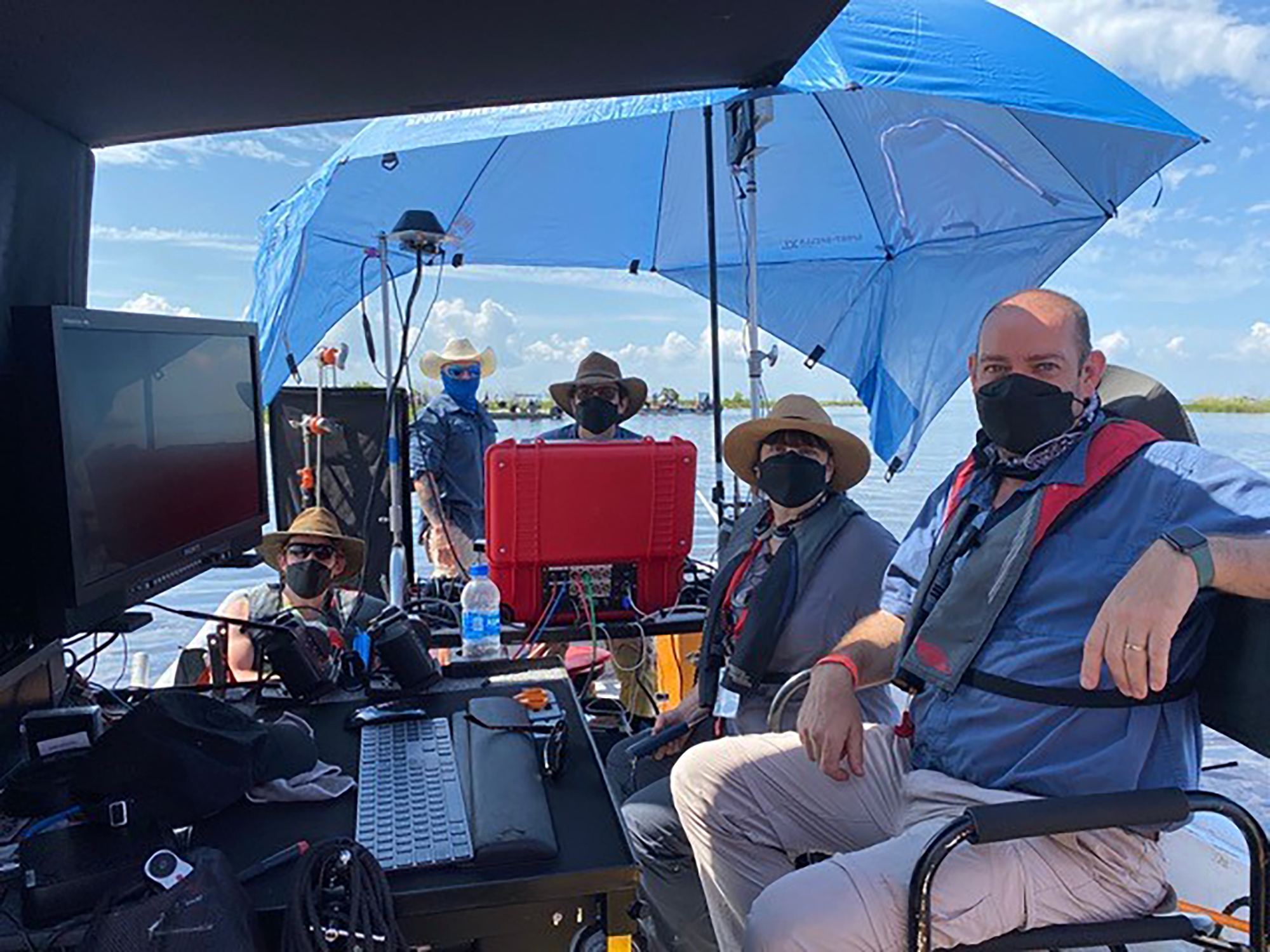Sony’s PVM-X2400 4K HDR Monitor Hits All the High Notes
Having my own HDR monitor has helped me maintain my standard of work and ensure that everything I produce is of high quality

NEW ORLEANS—After having positive experiences using Sony’s OLED monitors for years, I chose their PVM-X2400 24-inch 4K HDR monitor to use on my latest project, the upcoming film, “Where the Crawdads Sing,” based on the best-selling novel.
I had worked with other HDR monitors in the past, which were too big, too heavy and too expensive. When I knew we needed HDR for this movie, the latest Sony model appeared to be a viable option. Due to my previous experience with HDR monitors, I prefer to use my own technology and after learning more about Sony’s PVM-X2400, it met most of my requirements. The 24-inch option is a good size for looking at content, without being too small to see details or too large to be practical.
Sony’s LED technology was the primary reason I chose the PVM-X2400. I’ve always valued the black levels of Sony’s OLED monitors and while LED didn’t offer the exact same experience, it still gave me a really good on-set view of HDR. It’s also beneficial that I can calibrate all of my Sony monitors to match consistently.
Working in HDR
As HDR becomes a standard request—or a requirement—from studios, having my own HDR monitor has helped me maintain my standard of work and ensure that everything I produce is of high quality; and having a good monitor makes it all that much easier! Working in HDR in an on-set environment is a relatively easy workflow to adapt to, as the highlights are fairly precise. Working in HDR provides more longevity and possibilities for the content.
I appreciate that the monitors have a lot of powerful built-in tools—on-set, my Sony monitors are on a cart, where they’ve proven to be durable and reliable.
In terms of workflow, I take a log feed out from the camera and get a log feed on my monitor and then use a live grade to add a LUT to the feeds. Then I use my scopes in watch mode, primarily to review my false color for exposure. The false color setting is a valuable feature as is the ability to upload and compare user LUTs.
At a Glance
Ultimately, I need my monitor balanced because we have an A and B camera next to each other. I also have a switcher where I can put multiple cameras onto one monitor so we can make judgments right away, compare images and see everything in the blink of an eye.
I tend to work on projects that have a darker look so it’s helpful to have a monitor that can handle the blacks and shadows as well as it handles the lights and brights. I find that Sony’s monitors don’t give you a bleached out image—they give you deep blacks. Every camera and monitor can do bright, but it’s how they behave in the dark and how they can control shadows and balance highlights that’s most important.
In my position, having an accurate representation of what the camera is capturing gives the production crew peace of mind and that’s something I feel confident I’m able to do with Sony’s impressive monitors. l
For more information visit https://pro.sony/ue_US/.
Get the TV Tech Newsletter
The professional video industry's #1 source for news, trends and product and tech information. Sign up below.
Jeroen Hendriks is a Digital Imaging Technician with a seasoned background in the filmmaking industry, helping support the medium’s transition to digital. His career has spanned 22 years, during which he’s worked for RED Digital Cinema’s field support team and as a camera accessory designer, data supervisor and technician. His most notable projects include the upcoming film, “Where the Crawdads Sing,” as well as recent titles including “Red Notice,” “The Witcher” and “Independence Day: Resurgence.”
